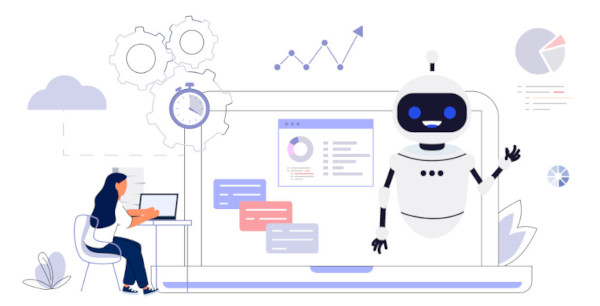Introduction to Regulatory Compliance and Its Importance Across Industries
Regulatory compliance is the adherence to laws, regulations, guidelines, and specifications relevant to a particular industry or business sector. Compliance ensures that businesses operate ethically, responsibly, and within legal boundaries, fostering trust among stakeholders and maintaining a level playing field in the marketplace.
The importance of regulatory compliance extends across industries for several key reasons:
- Legal Obligations: Businesses are legally obligated to comply with various regulations and laws relevant to their operations. Non-compliance can lead to legal consequences, fines, penalties, and reputational damage.
- Risk Management: Compliance helps manage risks associated with regulatory violations, financial losses, operational disruptions, and damage to brand reputation. It promotes a culture of risk awareness and mitigation within organizations.
- Consumer Trust and Reputation: Compliance instills trust and confidence in consumers, investors, and other stakeholders. It demonstrates a commitment to ethical business practices, data protection, product safety, and environmental stewardship, enhancing brand reputation and customer loyalty.
- Market Access and Competitive Advantage: Compliance with regulatory standards is often a prerequisite for entering new markets or engaging in certain industries. It can also serve as a competitive advantage by showcasing a company’s ability to meet or exceed regulatory requirements compared to competitors.
- Data Protection and Privacy: With the increasing emphasis on data protection and privacy, compliance with laws such as GDPR (General Data Protection Regulation) or CCPA (California Consumer Privacy Act) is crucial. Failure to comply can result in significant fines and damage to customer trust.
- Ethical and Corporate Governance: Compliance is closely linked to ethical standards and corporate governance practices. It ensures transparency, accountability, and fairness in business operations, which are fundamental principles of responsible corporate behavior.
- Financial Integrity and Reporting: Financial regulations such as SOX (Sarbanes-Oxley Act) or IFRS (International Financial Reporting Standards) require companies to maintain financial integrity, accuracy in reporting, and internal controls. Compliance with these standards fosters investor confidence and financial stability.
Curious about how RPA is transforming the fintech industry? We’ve put together an insightful article just for you. Learn How RPA is helping fintech companies become more resilient?
Overall, regulatory compliance is not just a legal obligation but a strategic imperative for businesses across industries. It promotes responsible business conduct, risk mitigation, customer trust, and long-term sustainability in a rapidly evolving regulatory landscape. Continue reading RPA in Regulatory Compliance: Ensuring Auditability and Traceability


